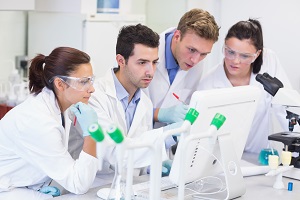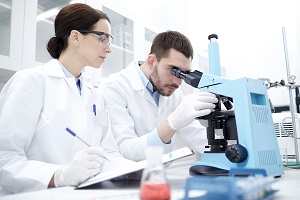An IRGB-Cnr team and the University of Sassari identified the genetic defect associated with multiple sclerosis and lupus. The discovery opens the doors to the development of new drugs and personalized therapies.
The indicted gene is Tnfsf13B, responsible for the synthesis of Baff cytokine, a protein with immunotological functions. Its anomaly is linked to the risk of developing two autoimmune diseases, lupus and multiple sclerosis. The first affects skin, kidneys and other organs; The second concerns the myelin of the central nervous system.
Both diseases are multifactorial. This means that the autoimmune reaction is stimulated by both genetic factors and environmental factors. The more causes of the disease you discover, the easier it is to understand the biological mechanisms and to understand which are the best therapeutic targets. This creates the premises for personalized therapies tailored to individual needs. Searching for causes conflicts however with the complexity of the immune system.
The team analyzed the genome sequencing of thousands of individuals, both healthy and diseased. It also took into account their immunological profiles. All this lasted 6 years, during which they identified a correlation between the Tnfsf13B gene, the risk of lupus and multiple sclerosis. In this way they also identified previously unknown mechanisms.
For many years, researchers have considered T lymphocytes as the first cause of multiple sclerosis. The study also reveals that B lymphocytes also play a primary role in the development of the disease. Under normal conditions they produce antibodies, but in other cases they participate in the inflammatory response typical of autoimmune diseases.
Thanks to what has been discovered, now many facets of these two diseases are clearer. This is the laying of concrete foundations for the development of new treatments and personalized therapies.
Source: healthdesk.it
Add a comment





